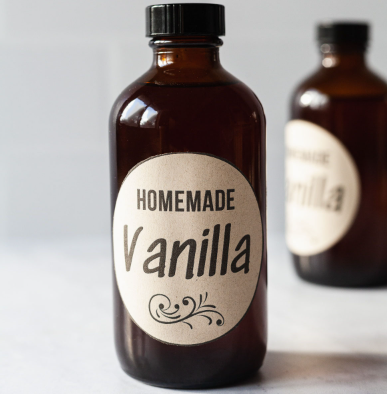
Introduction
Vanilla, with its warm and inviting aroma, is an essential ingredient in baking that brings a depth of flavor and richness to various desserts, including cakes. Its subtle sweetness and aromatic profile have the power to elevate the taste of baked goods. However, there might be times when you find yourself without vanilla extract while preparing a cake mix. Fear not, for there are several suitable alternatives that can be used to maintain the delightful essence of vanilla in your cakes. In this article, we will delve into the importance of vanilla extract, why it’s used in cakes, and explore two relevant substitutes that can be seamlessly integrated into your cake mix.
The Importance of Vanilla in Baking
Vanilla extract, derived from the vanilla bean, is a staple flavoring agent in baking due to its unique ability to enhance and complement other ingredients. Its importance lies in its ability to create a harmonious balance between flavors, enhancing both the sweetness and depth of taste in baked goods. The presence of vanilla extract can turn an ordinary cake into a delightful treat that tantalizes the senses. Beyond its flavor-enhancing qualities, vanilla also has a magical way of adding complexity and depth to the overall aroma of baked goods, making them more irresistible.
Why Seek Vanilla Extract Substitutes?
Running out of vanilla extract while in the middle of baking can be a common predicament. Rather than abandoning your culinary endeavors, it’s helpful to know that there are alternatives that can mimic the essence of vanilla. Not only do these substitutes save the day in moments of vanilla extract scarcity, but they also introduce unique flavors and aromas, adding an interesting twist to your cake creation.
8 Vanilla Extract Substitutes
1. Vanilla Bean Seeds
Vanilla bean seeds are a delightful and aromatic alternative to using vanilla extract in cake mixes, elevating your baking experience to a whole new level. These tiny, flavorful seeds are extracted from the pods of the vanilla orchid and contain a complex array of compounds that impart a rich, authentic vanilla taste to your baked goods.
Using vanilla bean seeds instead of extract adds a touch of elegance and authenticity to your cakes. The process is simple: split open a vanilla bean pod and scrape out the tiny black seeds with the tip of a knife. These seeds, often referred to as “vanilla caviar,” are then incorporated into your cake mix, infusing it with a pure and unadulterated vanilla flavor that is unmatched by synthetic extracts.
The advantage of using vanilla bean seeds lies in the depth and complexity they bring to your cakes. While vanilla extract provides a concentrated vanilla flavor, vanilla bean seeds offer a more nuanced taste profile, with subtle floral and fruity notes intermingling with the classic sweet and creamy essence of vanilla. This complexity can elevate the overall taste of your cake, making it a memorable treat that stands out from the ordinary.
Furthermore, the visual appeal of vanilla bean seeds cannot be ignored. Their presence adds delicate black specks throughout your cake, showcasing the use of real vanilla and hinting at the artisanal care put into your baking. This visual delight can make your cake even more appealing, both to the eye and the palate.
It’s important to note that when substituting vanilla bean seeds for vanilla extract, the conversion might not be one-to-one. A single vanilla bean pod may not contain as much flavor as a teaspoon of vanilla extract. Therefore, it’s recommended to use a ratio of one vanilla bean pod (scraped seeds) to one teaspoon of vanilla extract in your cake mix, adjusting the amount according to your taste preference.
In summary, choosing vanilla bean seeds over vanilla extract as a substitute in cake mixes adds an element of sophistication and authenticity to your baking endeavors. With their intricate flavor profile and visual allure, vanilla bean seeds can turn an ordinary cake into a delectable masterpiece that tantalizes the senses and leaves a lasting impression on anyone fortunate enough to enjoy it.
2. Vanilla Paste
Vanilla paste serves as a fantastic alternative to vanilla extract when it comes to enhancing the flavor of your cake mix. This concentrated and versatile ingredient offers a unique depth of flavor and the appealing aesthetic of vanilla bean specks, making it an excellent choice for both amateur and professional bakers.
Unlike vanilla extract, which is typically alcohol-based and contains the aromatic compounds of vanilla beans, vanilla paste is a combination of vanilla bean seeds and a thick, syrupy base. The inclusion of actual vanilla bean specks in the paste provides a visual cue of real vanilla content, giving your cakes a gourmet touch. The seeds also add a delightful texture and burst of flavor, creating a more complex taste profile compared to vanilla extract.
When substituting vanilla paste for vanilla extract in a cake mix, there are a few factors to consider. First, the intensity of vanilla paste is usually stronger than that of vanilla extract, so you may need to adjust the quantity. As a general guideline, you can use a 1:1 ratio for a milder flavor, or slightly reduce the amount of paste to avoid overwhelming the cake with too much vanilla essence.
Furthermore, vanilla paste contains moisture due to its syrupy consistency. When incorporating it into your cake mix, you might need to account for the additional liquid content. This could involve slightly reducing other wet ingredients or adjusting the overall batter consistency to achieve the desired texture.
Ultimately, using vanilla paste as a substitute for vanilla extract introduces an element of luxury and authenticity to your cake creation. Its captivating appearance, coupled with the intensified flavor, can elevate your baked goods to a whole new level. Whether you’re making a classic vanilla cake, a rich chocolate creation, or any other flavor variation, vanilla paste can be a secret weapon in your baking arsenal, infusing your cakes with a deep, aromatic, and visually appealing essence that’s sure to impress your taste testers.
3. Vanilla Powder
Vanilla powder serves as an excellent alternative to vanilla extract in cake mixes, offering a convenient and potent way to infuse that classic vanilla flavor into your baked goods. Derived from ground vanilla beans, this fine, concentrated powder contains the essence and aroma of natural vanilla, making it an ideal choice for enhancing the taste of cakes.
One of the primary benefits of using vanilla powder is its shelf stability. Unlike vanilla extract, which contains alcohol and can evaporate over time, vanilla powder retains its potency and flavor for a longer duration. This makes it a reliable option for occasional bakers who might not use vanilla extract frequently.
Vanilla powder also brings a unique texture to cake mixes. The fine particles disperse evenly throughout the batter, eliminating any concerns of concentrated pockets of flavor as sometimes seen with vanilla extract. This even distribution ensures a consistent vanilla taste in every bite of the finished cake.
Furthermore, for those looking to control the intensity of the vanilla flavor in their cakes, vanilla powder offers greater precision. A small amount of powder can go a long way, allowing bakers to tailor the flavor profile to their preferences without the risk of overpowering the other ingredients.
In terms of convenience, vanilla powder requires no refrigeration or special storage conditions. It can be easily measured and incorporated into dry cake mixtures without altering the overall consistency of the batter. This makes it a hassle-free option for both novice and experienced bakers.
However, it’s worth noting that while vanilla powder offers many advantages, it might lack the complexity and depth of flavor that pure vanilla extract provides. The alcohol in vanilla extract can sometimes aid in flavor extraction during baking, enhancing the overall taste of the cake.
In summary, vanilla powder is a versatile and reliable substitute for vanilla extract in cake mixes. Its extended shelf life, even distribution, and precise flavor control make it an excellent choice for adding that beloved vanilla essence to your baked creations. Whether you’re a casual baker or a seasoned pastry enthusiast, vanilla powder can contribute to a delightful and aromatic cake that will surely impress your taste buds.
4. Almond Extract
Almond extract serves as an intriguing alternative to vanilla extract in cake mixes, infusing a distinct and delightful flavor profile that can elevate your baked goods to new heights. While vanilla extract offers a familiar and versatile taste, almond extract introduces a subtly nutty, sweet, and fragrant essence that can add depth and uniqueness to your cakes.
When considering a substitution, it’s important to keep in mind that almond extract possesses a more potent and concentrated flavor compared to vanilla extract. Due to its intensity, a little goes a long way. Typically, recipes that call for vanilla extract can be adapted to incorporate almond extract by using a smaller quantity. For instance, if a recipe requires a teaspoon of vanilla extract, a quarter or half a teaspoon of almond extract might suffice, depending on personal preferences.
The aromatic qualities of almond extract are particularly well-suited to complementing certain cake flavors. It pairs exceptionally well with fruits such as berries, peaches, and cherries, enhancing their natural sweetness and adding a subtle nuttiness that harmonizes beautifully. Moreover, almond extract can lend a sophisticated touch to spice cakes or chocolate-based treats, deepening the complexity of flavors in unexpected and delightful ways.
It’s important to note that while almond extract offers an exciting alternative, some individuals may have nut allergies, so it’s crucial to consider your audience when using this substitute. Also, if using almond extract, it’s recommended to use a high-quality, pure extract to ensure the best flavor results.
In summary, almond extract is a captivating option when looking to diversify the flavors in your cake mixes. Its distinctive nutty sweetness, when used thoughtfully and sparingly, can lend a memorable twist to your baked creations. Experimenting with almond extract opens the door to a world of culinary creativity, allowing you to craft cakes that tantalize taste buds and intrigue the senses.
5. Maple Syrup
Maple syrup can serve as a delectable and unique alternative to vanilla extract in cake mix, imparting a distinctive flavor profile that elevates your baked goods to new heights. While vanilla extract contributes a classic, warm, and floral essence to recipes, maple syrup introduces a rich, robust, and slightly earthy sweetness that can add depth and complexity to your cakes.
When using maple syrup as a substitute for vanilla extract in cake mix, it’s important to consider the viscosity and sweetness of the syrup. Due to its thicker consistency compared to vanilla extract, you might need to adjust the overall moisture content of the cake batter. This could involve reducing other liquid ingredients slightly to account for the extra moisture from the syrup.
The flavor of maple syrup pairs exceptionally well with various cake flavors, such as spice cakes, carrot cakes, and even chocolate cakes. Its deep, caramel-like undertones can complement the spices or cocoa flavors, creating a harmonious fusion that tantalizes the taste buds. Additionally, maple syrup’s natural caramelization during baking can contribute to a beautifully golden-brown crust, enhancing both visual appeal and flavor.
Maple syrup is not only a flavor enhancer but also a natural sweetener, potentially allowing you to reduce the amount of granulated sugar in your cake recipe. This dual role can lead to a more complex and nuanced sweetness while potentially yielding a slightly healthier baked good.
Experimenting with maple syrup as a vanilla extract substitute offers a creative opportunity to infuse your cakes with a distinctive twist. However, keep in mind that while maple syrup can be a wonderful addition, the final result might differ from the traditional vanilla-infused version. The flavor profile and sweetness will shift, which could be either a delightful surprise or a minor adjustment, depending on your personal taste preferences.
In conclusion, maple syrup can be a captivating substitute for vanilla extract in cake mix, introducing a bold and rich flavor dimension that sets your baked creations apart. Embrace the chance to explore this substitution to infuse your cakes with the essence of nature’s sweetness and unlock a realm of culinary creativity.
6. Coconut Milk
Coconut milk can be a delightful and exotic alternative to traditional vanilla extract when incorporated into cake mixes. This creamy and slightly sweet liquid extracted from mature coconuts imparts a unique tropical flavor profile that can elevate your baked goods to a whole new level.
When substituting coconut milk for vanilla extract in a cake mix, several considerations come into play. First and foremost is the flavor transformation. Vanilla extract offers a classic, warm, and comforting taste that’s loved by many, but coconut milk introduces a luscious coconut essence that adds depth and richness. This can be particularly appealing in cakes with complementary flavors like chocolate, banana, or pineapple.
Texture is another aspect to consider. Coconut milk, being a liquid with a thicker consistency than vanilla extract, can influence the cake’s moisture level and crumb structure. It imparts a subtle silkiness that can enhance the mouthfeel of the cake. Adjustments might be necessary, such as reducing the amount of added liquid (like water or milk) in the mix to compensate for the additional moisture from the coconut milk.
Furthermore, coconut milk’s inherent fat content can impact the cake’s richness and tenderness. It can make the cake more decadent and contribute to a moist interior. When using coconut milk, it’s essential to maintain a balance between the fat content and the rest of the ingredients to achieve the desired cake texture.
The substitution also offers a great option for those with dietary preferences or restrictions. Coconut milk is often used as a dairy-free alternative, making it suitable for individuals who are lactose intolerant or following a vegan diet.
To make the most of coconut milk as a vanilla extract substitute, consider pairing it with complementary flavors and ingredients. For instance, incorporating shredded coconut, toasted coconut flakes, or even a coconut glaze can enhance the overall coconut experience. Additionally, complementing flavors like lime, mango, or passion fruit can create a harmonious and well-rounded taste sensation.
In conclusion, coconut milk presents a tantalizing opportunity to infuse your cake mixes with an exotic and rich flavor profile, making them stand out from the ordinary. By thoughtfully adjusting the recipe to accommodate its unique characteristics, you can create a cake that’s not only visually appealing but also an indulgence for the taste buds, all while catering to dietary preferences.
7. Citrus Zest
Citrus zest, such as lemon, orange, or lime zest, can be a delightful and flavorful substitute for vanilla extract in cake mixes. While vanilla extract provides a warm and comforting essence, citrus zest brings a vibrant and refreshing twist to your baked goods.
Citrus zest is the outermost layer of the fruit’s peel, containing the flavorful essential oils. Incorporating citrus zest into cake mixes adds a zesty and aromatic dimension that contrasts beautifully with the sweetness of the cake. The bright, tangy notes of citrus can elevate the overall flavor profile, making the cake more dynamic and intriguing.
When using citrus zest as a substitute for vanilla extract, it’s important to consider a few factors. First, start with a small amount of zest and gradually add more to achieve the desired intensity, as the flavor can be potent. Usually, the zest from one medium-sized citrus fruit is enough for a standard cake mix.
To use citrus zest effectively, follow these steps:
- Choose the citrus fruit: Lemons, oranges, and limes are popular choices. Organic, unwaxed fruits are ideal since they haven’t been treated with chemicals.
- Zesting: Wash and dry the citrus fruit thoroughly. Use a fine grater or a dedicated zesting tool to carefully remove the outer colored portion of the peel. Be cautious not to include the bitter white pith beneath.
- Incorporation: Mix the freshly grated zest into your cake batter, evenly distributing the vibrant flavor throughout. You can adjust the quantity based on your taste preference.
- Adjusting other flavors: Since citrus zest introduces acidity, you might want to slightly adjust other ingredients in the recipe, such as the amount of sugar or baking powder, to maintain the cake’s overall balance.
- Bake as usual: Proceed with baking the cake as instructed in your recipe. Keep an eye on the cake during baking since the moisture and oils from the zest can impact the texture and baking time.
The resulting cake will boast a fragrant aroma and a burst of citrusy tang that complements the sweetness. Citrus zest not only replaces the vanilla extract but also imparts a distinctive character that can make your cake stand out. This substitution is especially appealing during the warmer months when the bright and refreshing flavors of citrus are more appreciated.
In summary, citrus zest is a fantastic substitute for vanilla extract in cake mixes. It adds complexity, freshness, and a lively citrus kick that transforms your baked goods into a delightful treat for the senses. Experiment with different citrus varieties and quantities to find the perfect balance that suits your taste preferences.
8. Floral Waters (Rosewater or Orange Blossom Water)
Floral waters, such as rosewater or orange blossom water, can serve as delightful substitutes for traditional vanilla extract in cake mixes. These aromatic liquids are created through the distillation of flowers, capturing their delicate and alluring scents and flavors.
When used in baking, floral waters impart a unique and exotic twist to your cakes. Rosewater, with its subtle floral notes, adds a romantic and sophisticated touch, while orange blossom water offers a fragrant, citrusy essence that can elevate the taste experience. These floral alternatives can particularly complement recipes that require a touch of elegance and novelty.
It’s important to note that floral waters are more potent than vanilla extract, so a little goes a long way. Typically, you would use 1/2 to 1 teaspoon of vanilla extract for a standard cake recipe, but only a few drops of floral water are needed to achieve a similar effect. Too much floral water could overpower the delicate flavors of the cake, so moderation is key.
Incorporating floral waters into your cake mix not only enhances the flavor profile but also brings a visually appealing aspect. The pale pink hue of rosewater or the light golden shade of orange blossom water can infuse your baked goods with an inviting charm.
When substituting floral waters for vanilla extract, consider the overall theme of your cake and the desired flavor balance. You might want to pair rosewater with a white cake for a wedding or anniversary celebration, or use orange blossom water to enhance the taste of a citrus-flavored cake. It’s a creative way to infuse cultural and aromatic diversity into your baking repertoire.
In conclusion, floral waters like rosewater and orange blossom water offer a captivating and fragrant alternative to vanilla extract in cake mixes. They bring a sense of elegance, uniqueness, and exotic flair that can take your cakes to a whole new level of culinary artistry. Just remember to exercise caution with the amount you use and allow your palate to explore the alluring world of floral-infused baking.
Conclusion
In conclusion, vanilla extract may be a baking staple, but its absence doesn’t have to hinder your culinary pursuits. Experimenting with alternatives like almond extract and maple syrup can lead to exciting and flavorful creations that showcase your creativity. So, the next time you find yourself without vanilla extract, don’t hesitate to reach for one of these substitutes and embark on a baking adventure that’s both delicious and aromatic.


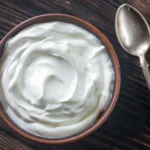

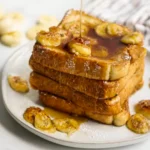
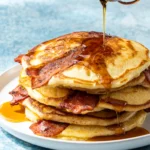
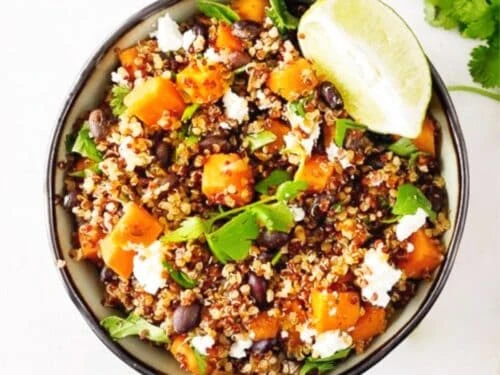
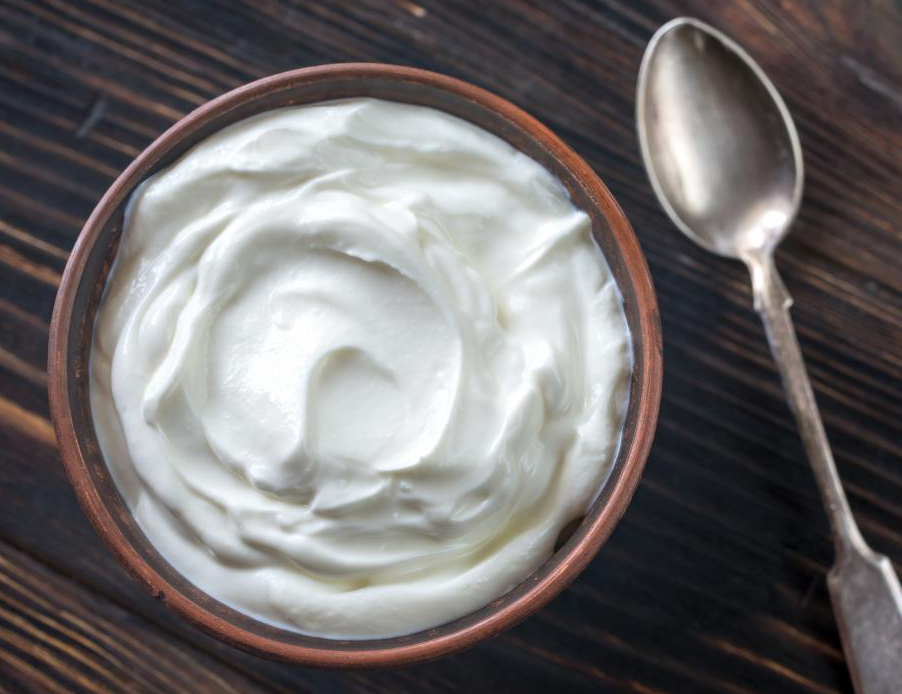
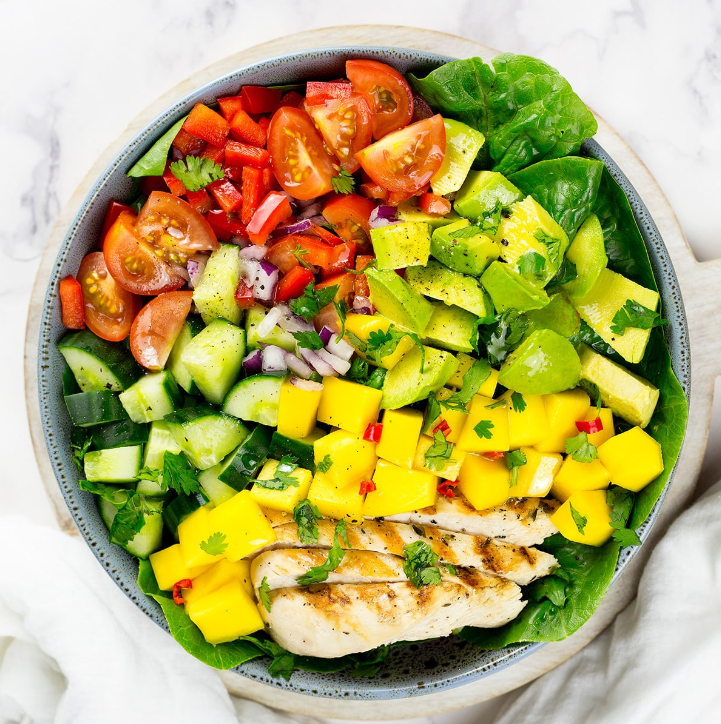
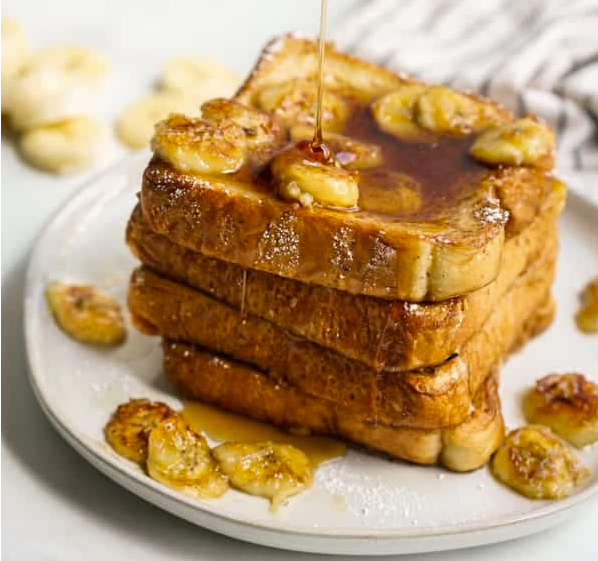
Leave a Reply